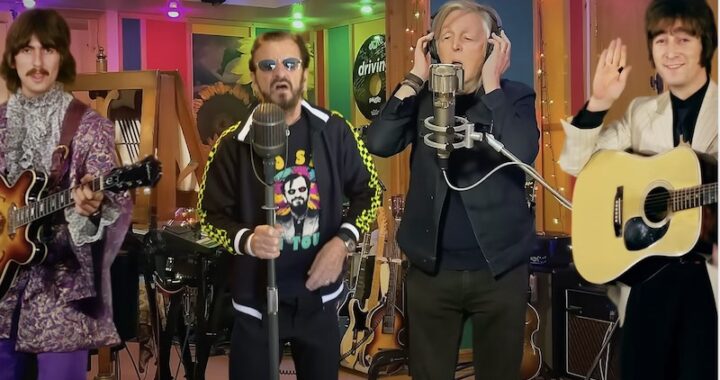I watched an interesting and very good analysis video of The Beatles’ “Now and Then“, called “Comparing John’s demo to the final Beatles track” (David Bennett Piano). As you likely know, the song was composed and performed in demo version by John Lennon back in the 70s, and the analysis video takes a closer look at the original song, with particular attention to an additional section of the song that didn’t make the final Beatles version.
That missing section is called a pre-chorus in the analysis video, though it doesn’t bear a lot of resemblance to what most pre-chorus sections in songs do:
- A pre-chorus typically exists to help create a stronger connection between verse and chorus.
- It usually builds musical energy to meet the higher energy levels of a chorus.
- More often than not, it needs the verse before it to help make musical sense.
In “Now and Then”, I wouldn’t actually call that a pre-chorus. It sounds more like Lennon had a larger view of the song, and probably thought of it more as a “first this section, then that section” kind of design. With that pre-chorus in the picture, the song sounds like a three-part construction, with what you might call a “Melody 1”, “Melody 2”, and “Melody 3.”
 Writing a good hook is arguably one of the most important aspects of a good pop song. “Hooks and Riffs: How They Grab Attention, Make Songs Memorable, and Build Your Fan Base”, is available at “The Essential Secrets of Songwriting” Online Store.
Writing a good hook is arguably one of the most important aspects of a good pop song. “Hooks and Riffs: How They Grab Attention, Make Songs Memorable, and Build Your Fan Base”, is available at “The Essential Secrets of Songwriting” Online Store.
But what you call sections, in the end, doesn’t really matter in my opinion, and Bennett is in my opinion absolutely correct to say that Lennon’s pre-chorus negatively affected the flow of the music. The decision to leave it out was the right one, and the newly-created instrumental bridge works really nicely.
And the reason Lennon’s original pre-chorus doesn’t work as well as the other sections is that it doesn’t distinguish itself enough. It sounds a bit too much like the verse and the chorus, and the result is that the music flounders a little. Remove that pre-chorus and suddenly everything tightens up. The end result is that “Now and Then” — the Beatles’ version — is brilliant.
I hope you take the time to listen to David Bennett Piano’s analysis, because it’s a good one, and his analysis of what’s going on regarding keys and modulation is important to understand.
Editing Songs
But what I mainly intended to mention in this post was something to do with musical editing. I’ve made the point before that some of the best editing that’s done in the creative arts is the removal of things you thought would work.
In my own writing, I almost can’t think of a time when something I edited or changed in some way wound up being longer. Practically always, as musical composers, we include more than we usually need.
And so when songs get a little long, your audience can get a bit lost, wondering where (in a musical sense) they are. Especially in the pop genres, more songs will suffer from being too long than being too short.
There’s no rule or obvious guideline as to how to know when a song is getting too long. For some things you just have to trust your instincts, and don’t fall in love with your song too soon. Be courageous to change it, to leave something out that you may have sweated over for days or weeks if it makes the final product stronger.
If you’d like to learn more about pre-chorus sections and what they typically do in songs, please read my post, “Taking a Close Look at a Song’s Pre-Chorus.”
 Written by Gary Ewer. Follow Gary on Twitter
Written by Gary Ewer. Follow Gary on Twitter
 Get “The Essential Secrets of Songwriting” eBooks. They’ll help you polish your technique, and make you the best songwriter you can be. Comes with a Study Guide, tons of chord progressions, and information covering every aspect of how to write good music.
Get “The Essential Secrets of Songwriting” eBooks. They’ll help you polish your technique, and make you the best songwriter you can be. Comes with a Study Guide, tons of chord progressions, and information covering every aspect of how to write good music.










